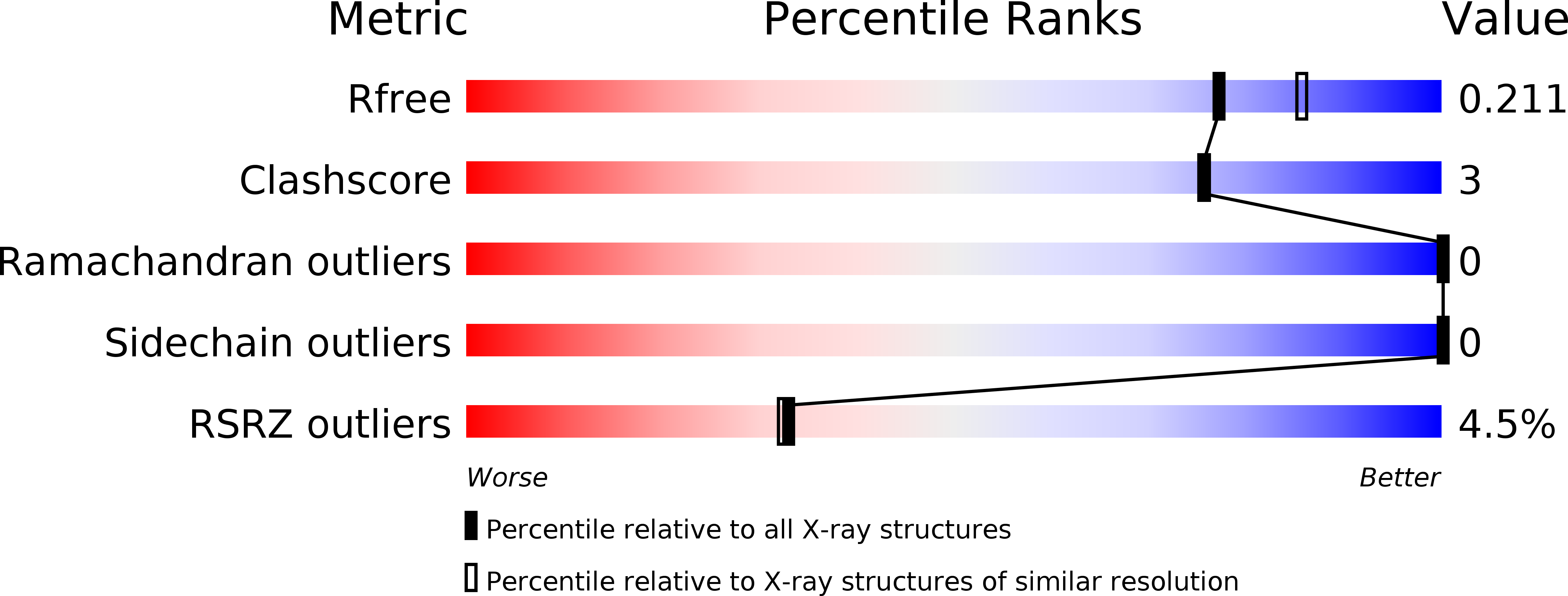
Deposition Date
2018-05-21
Release Date
2018-12-19
Last Version Date
2024-11-06
Method Details:
Experimental Method:
Resolution:
2.01 Å
R-Value Free:
0.21
R-Value Work:
0.18
R-Value Observed:
0.18
Space Group:
C 1 2 1


